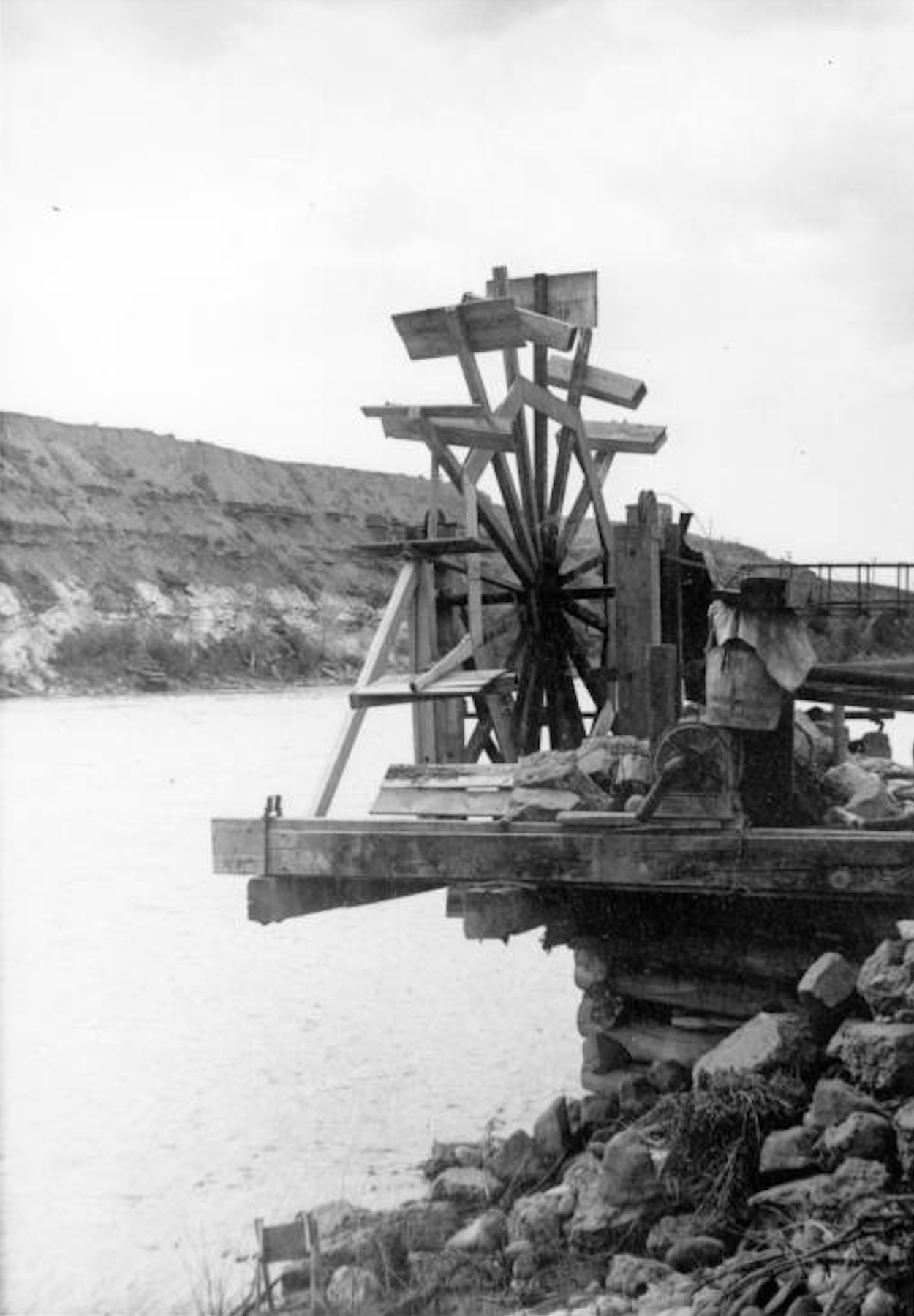Some information may be outdated.
This year’s monsoon season reminded residents of Moab and Spanish Valley, yet again, that water in the desert has always been fickle—even mercurial. Despite water’s destructive tendencies during monsoon season, water storage and irrigation have always been the keys to farming, ranching, and sustaining life in the valley. Pictured here are some of the methods Euro-American settlers employed for irrigating and taming the waterways that wind their way through the Moab Valley, Mill Creek, and Pack Creek, down to the Colorado River.

Water levels for Pack Creek and Mill Creek depend on the snowpack in the La Sal Mountains, 25 miles east of the valley. Worryingly, the mountain range currently is experiencing severe drought, according to the National Integrated Drought Information System, along with 82% of the rest of Grand County.

Photographs from the Museum’s Collection illuminate many attempts to bend these waterways towards crop production, industry and electricity, throughout times of drought and deluge.
The Moab Museum is dedicated to sharing stories of the natural and human history of the Moab area. To explore more of Moab’s stories and artifacts, find out about upcoming programs, and become a Member, visit www.moabmuseum.org.
Appreciate the coverage? Help keep local news alive.
Chip in to support the Moab Sun News.





